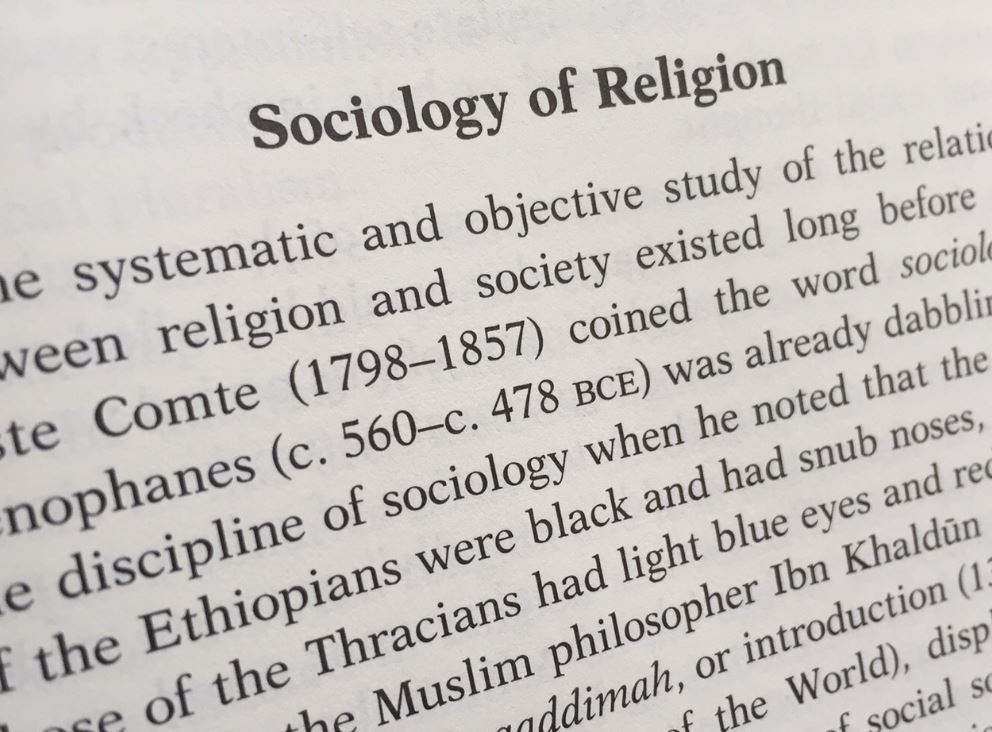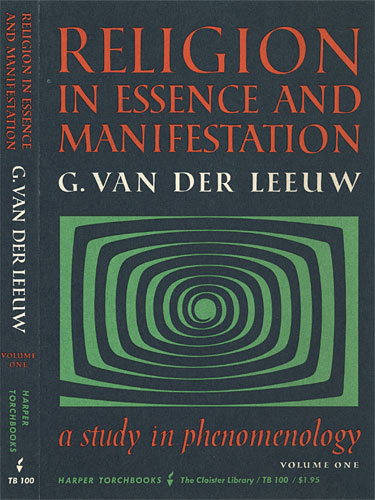
 So opens the Wikipedia article on the sociology of religion (presumably poaching the text straight from the Hartford Institute for Religion Research), echoing the language of the US’s Association for the Sociology of Religion (their journal Sociology of Religion — now in its 76th year — is published by Oxford University Press) whose members, as stated in its Constitution, study:
So opens the Wikipedia article on the sociology of religion (presumably poaching the text straight from the Hartford Institute for Religion Research), echoing the language of the US’s Association for the Sociology of Religion (their journal Sociology of Religion — now in its 76th year — is published by Oxford University Press) whose members, as stated in its Constitution, study:
religion in all its social and cultural dimensions.
Or consider the Encyclopedia of Religion and Society‘s entry (as I recall, a number of member of the Society for the Scientific Study of Religion were involved in this project, in the late 1990s and it’s all online) on sociology of religion, which opens as follows:
A recently published British textbook describes the task of the sociology of religion in three ways: first, to further the understanding of the role of religion in society; second, to analyze its significance in and impact upon human history; and, third, to understand the social forces and influences that in turn shape religion
But if the Catholic origins of the Association for the Sociology of Religion are an issue to you as a scholar of religion — i.e., it was founded in 1938 as the American Catholic Sociological Society (and its journal, founded in 1940, originally carried the title American Catholic Sociological Review), “provid[ing] a haven for Catholic sociologists who felt professionally isolated by the then American Sociological Society” — then consider how the field is described by the perhaps better known and non-theological American Sociological Association:
Religion has been an important dimension of all societies and continues to play an influential role in virtually all aspects of contemporary life. The sociology of religion seeks to understand religion in its varied manifestations as a social institution, as a cultural practice, and as a pattern of beliefs and activities that are shaped by societal conditions and that, in turn, shape these conditions.
Being a brief blog post, I’ll stop at just these three sources which all agree that the sociology of religion studies the forms, dimensions, and manifestations of some prior thing called religion — it is called the sociology of region, after all. So while religion may get shaped by society or expressed in society, at least in the above three disciplinary descriptions it is hardly caused by society. To put a finer edge on it, we don’t really need to define or theorize what “it” is if we’re merely interested in “its significance in and impact upon human history….”
The curious thing, then, is just how non-sociological much of the sociology of religion really is, when you look at it closely; for, despite all the rhetoric about being an empirically-based science it often turns out to carry as much individualist and philosophically idealist baggage as any theological or phenomenological approach to studying religion. For we’re told that there’s religion, on the one hand, and its various public expressions, on the other — and, being concerned with the empirical, these scholars make much of focusing on the latter while leaving pretty much untheorized the source of the former.
 Or, to put it another way, how rare it is to see an article in this broad field that starts from the position of someone like, say, Robert Segal, writing as follows in the updated, “further considerations” entry on sociology and religion (predictably, the first edition did indeed have an article entitled that) in the new edition of the Encyclopedia of Religion:
Or, to put it another way, how rare it is to see an article in this broad field that starts from the position of someone like, say, Robert Segal, writing as follows in the updated, “further considerations” entry on sociology and religion (predictably, the first edition did indeed have an article entitled that) in the new edition of the Encyclopedia of Religion:
However much religion shapes society, it itself is a social product. The origin of religion is not individual because there is no individual — more precisely no innate one…. [E[ven individuality is a social phenomenon: its cause is the division of labor, and its operation requires formal recognition of the individual in society (vol 12: 8487-8488).